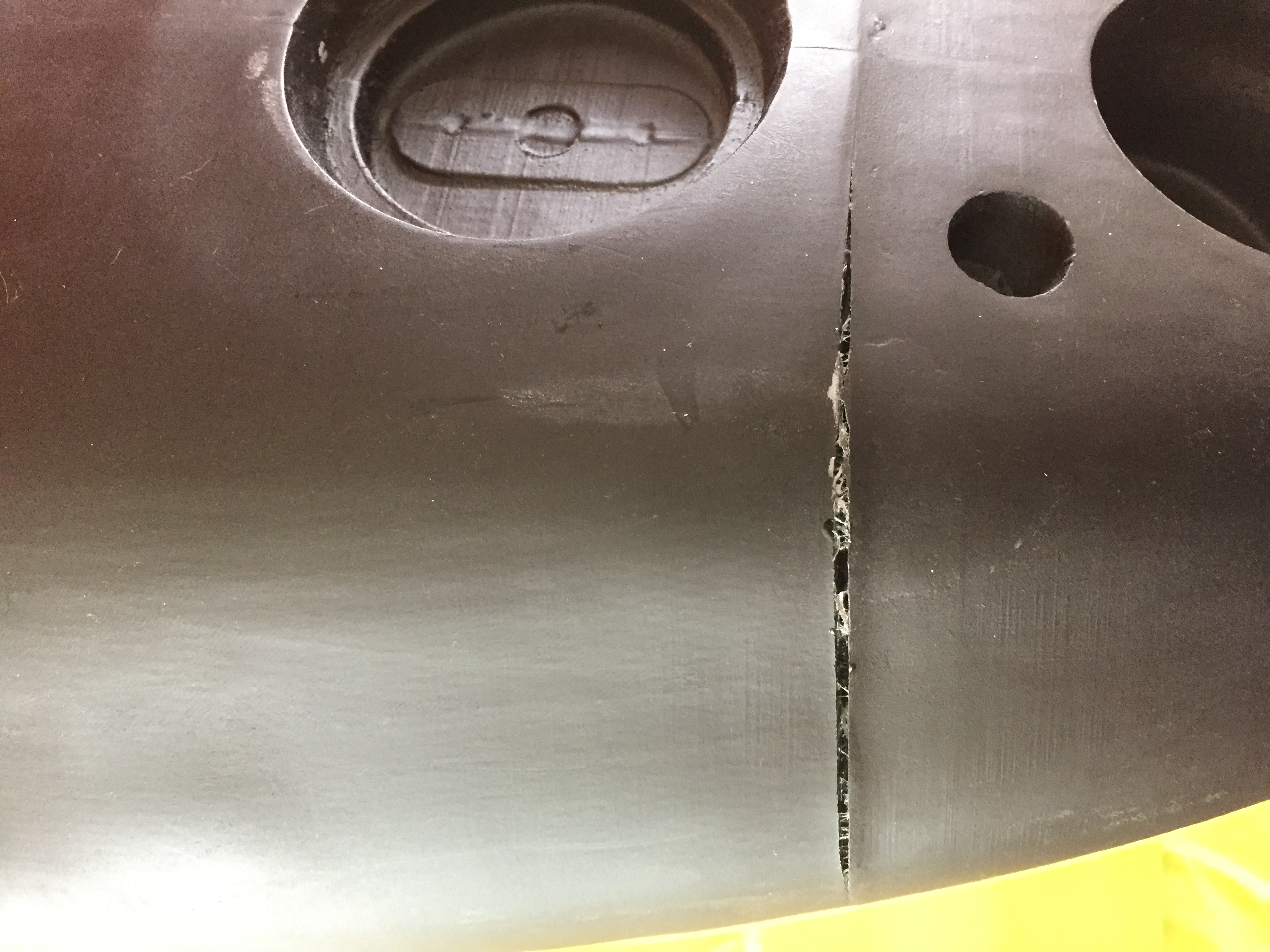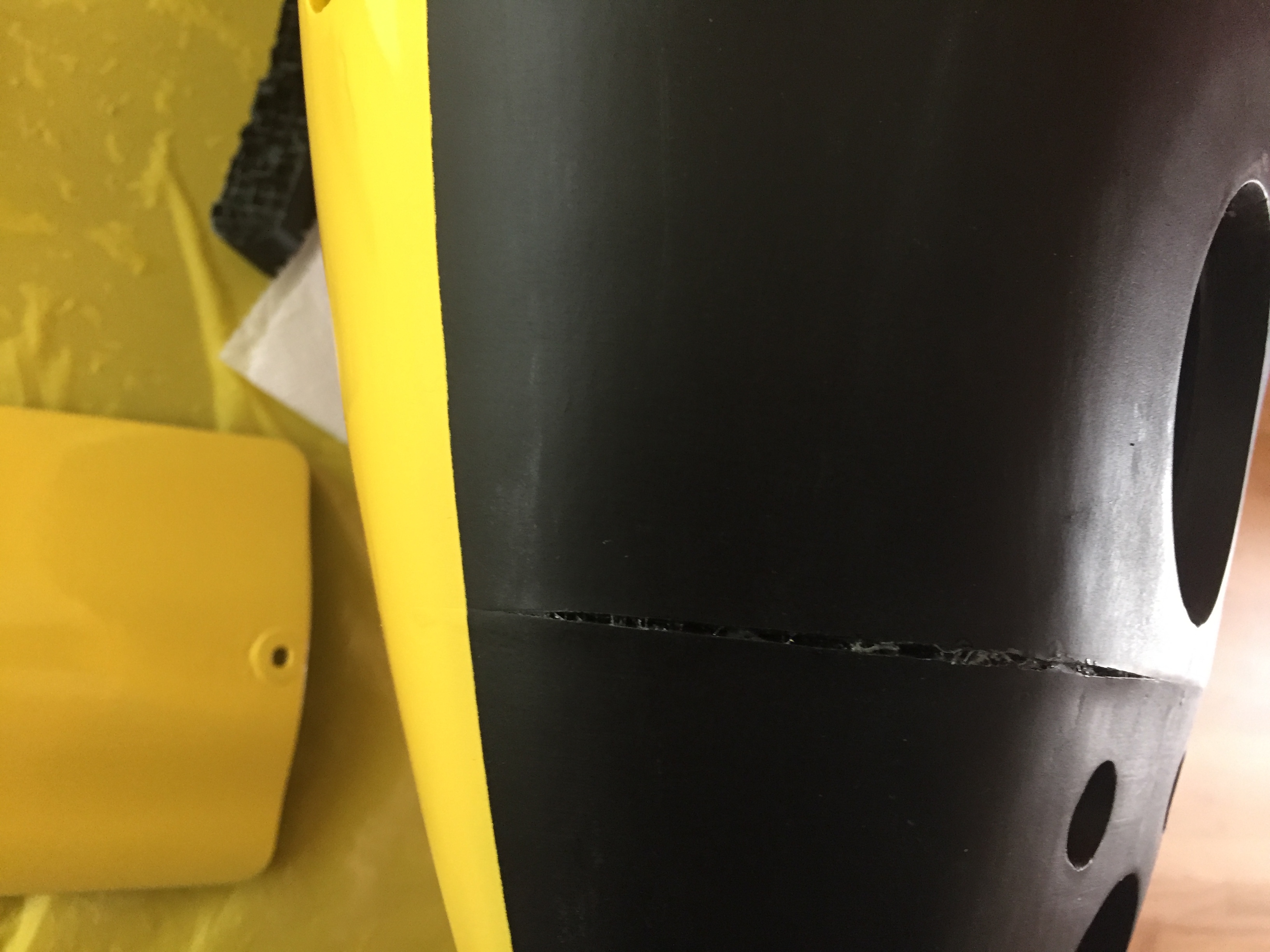Based on our research at Rumblefish, it is clear that 3D printing to drone hull construction has tremendous potential. That said – there is a lot we have had to learn, and most of those lessons were gifted from unexpected failures. This hull crack is perhaps the biggest failure so far, and it was totally unexpected.
While the early stages of the shark inspired platform were tested in an escalation from bathtubs, swimming pools, and private docks – the end plan is open water testing in the Seattle area. First in a local lake, and then in the Puget Sound. To not look like a real shark, the shark drone was initially painted all black. This quickly got some unexpected feedback ranging from it looks “scary”, to it looks like “a military drone”. At the same time, it also became clear that visually keeping track of a dark colored drone in the water was at best difficult making it impossible for boats to avoid, and more importantly for us to find if anything went wrong.
This seemed like a simple problem to solve. As part of waterproofing the 3D printed parts we have several rounds of priming and painting, so we just picked a bright high visibility yellow. Easy to see at a distance, even under water, and based on the new feedback it now looked like “scientific equipment”, and was not “scary looking” at all.
The problem came after the next round of wet testing. In order to dry out the hulls, we had been leaving them to drain on a rack in the sun. The sun would gently warm the hull and in just 2-3 hours all the internal cavities would dry out. The problem here was we painted half the hull the bright glossy yellow, but only on the top half. There were engineering reasons behind this choice, but what we did not consider was that it would create an uneven rate of thermal expansion. The thermal gradient when the sun hit the hull from the side, covering both black under hull and yellow top hull, was sharp. The end result was stress generated along all the inter hull piece epoxy points, resulting in a weak point failing and forming the crack you see here.
Most of the likely underlying causes of why there was a weak point to begin with have been addressed with changes our designs, and how we had been filling the inter-hull cavities and gluing the pieces together. Still – our future research hulls will have internal temperature sensors to study when and how this problem might crop up in prolonged field deployments.


